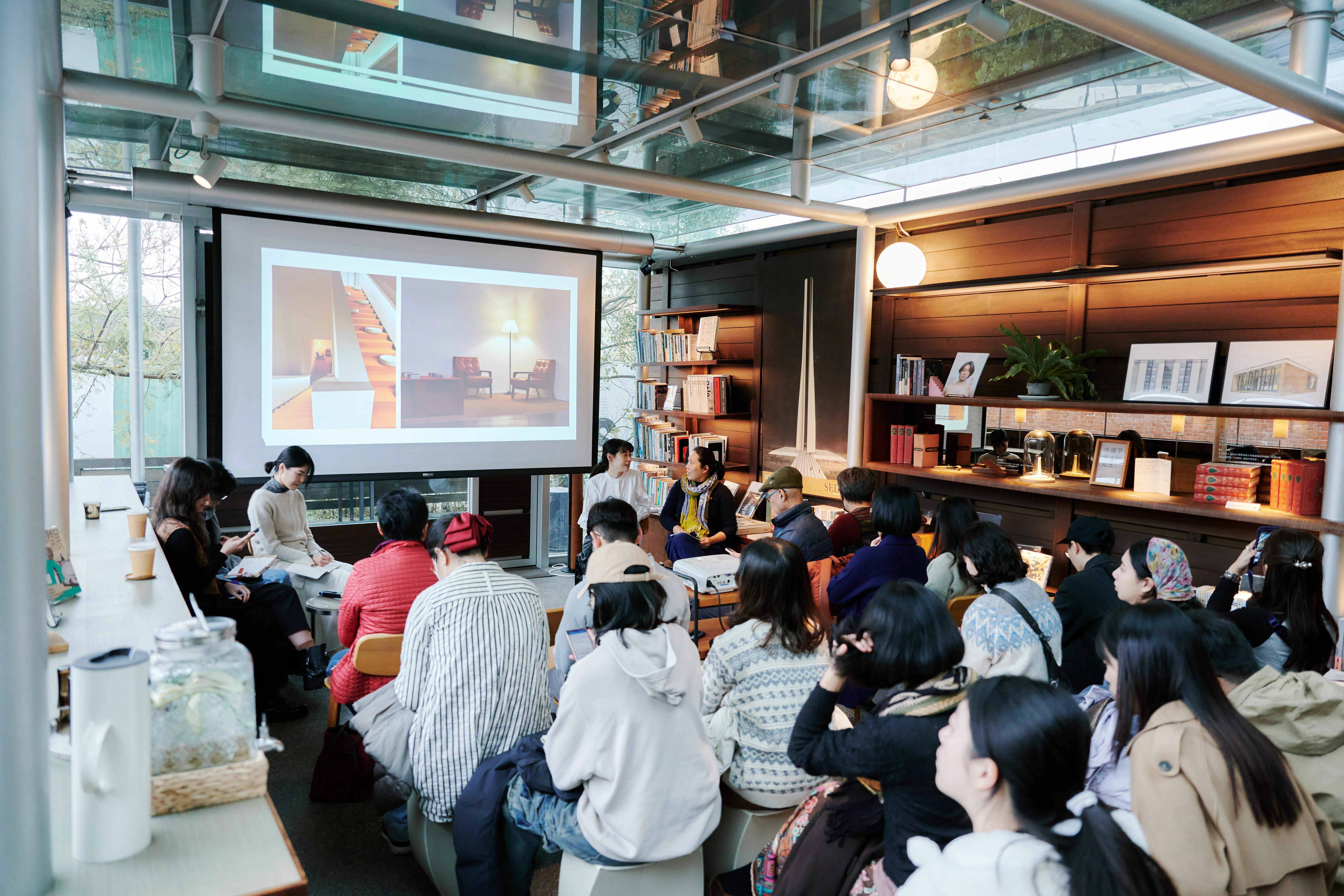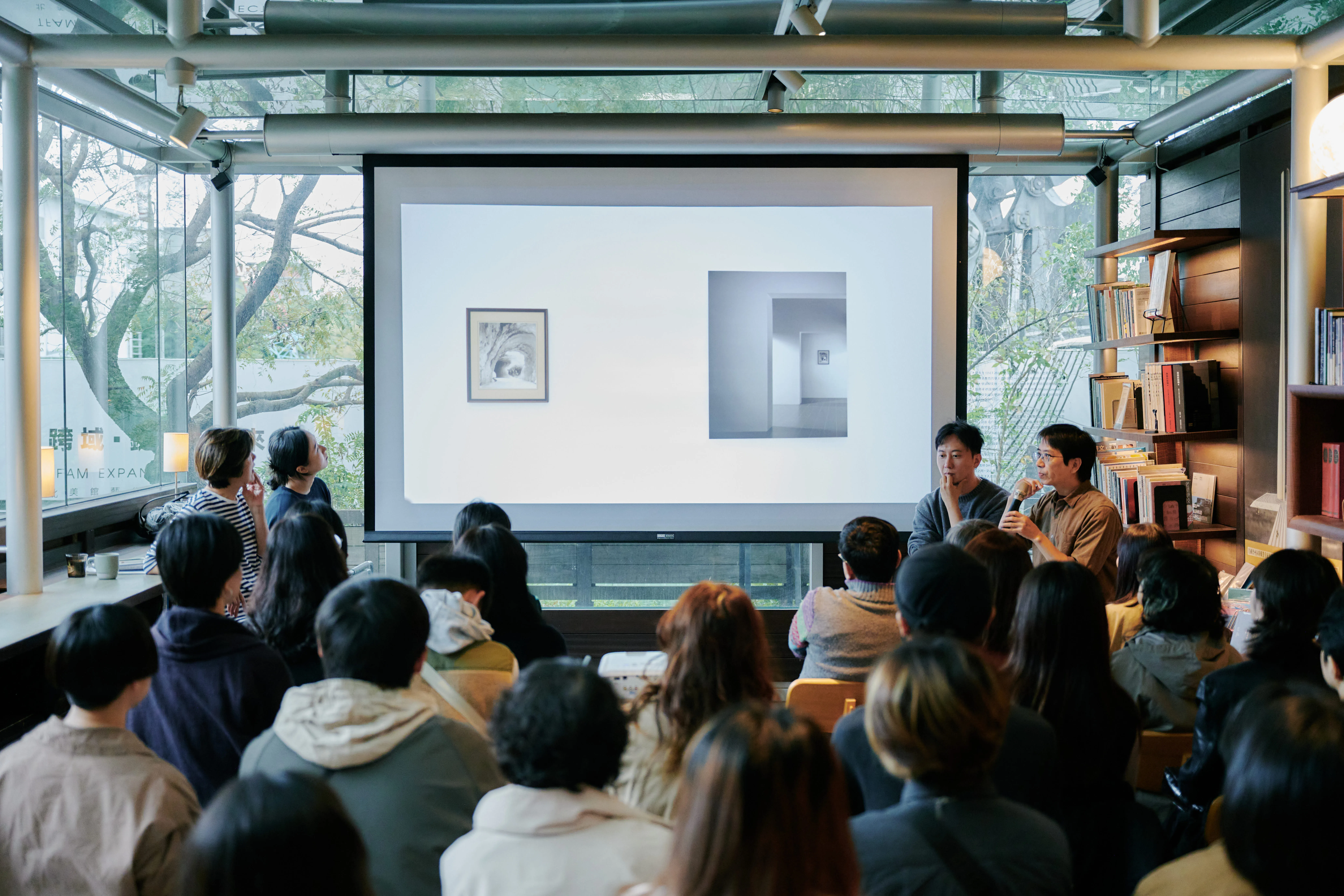
Lecture Series on Bauhaus Centenary and the 1st Memorial Anniversary of Da-Hong Wang| Theme 3: The Chimera Group and the Bauhaus—Weimar 1919-25 with the Deutscher Werkbund
Speakers
Chao-Lee Kuo Founder, Taiwan Alliance for Arch Modernity
Location
DH Café (No. 153, Section 3, Zhongshan North Road, Zhongshan District, Taipei City)
Fee
One lecture for $500, including special snacks (sandwiches, desserts, drinks), and 10% discount on event book purchases.
Event Content
Wang was fond of the arts, and in the past, he often invited the arts and crafts community at the time when he built his home in Nanchou and Honglujia. Like Bauhaus, he organized a small society called “Chimera” (named after a lion and lamb-tailed hybrid monster from mythology). Those who frequented the time included Hui Changhui (music), Guo Lianghui (literature), Yang Yingfeng (sculpture), Lang Jingshan (photography), Sidi Dejin (painting), and others. Wang, who initially founded the association, described his efforts with the subtitle “A Bauhaus Organization in Free China”, and can be seen to be deeply influenced by the likes of Grobetz and Mises.
This year marks the centenary of Bauhaus 1919-2019, a special theme, “Chimera and Bauhaus,” will introduce the relationship between the two as the beginning of this series of literary activities. The first lecture was “Bauhaus in Weyma”.
Event Review
After the Industrial Revolution, new technologies for “mass manufacturing” began to materialize; however, crude misshapen products prompted people to start thinking about how to achieve a balance between aesthetics and efficiency, a variety of new proposals and groups emerged — including the British Arts and Crafts Movement (1880-1910), the Viennese vanguard (1890-1910), German Confederation of Voluntary Craft (1898-1927), Italian Futurism (1909-1913), Russian Constructivism (1917-1930), Dutch Style Secession, etc. (1918-1924). Henry van de Velde, the leader of the Belgian New Art movement, founded the Weyma Municipal School of Crafts and Arts, with the support of the Duke of Weyma, but under a change in political circumstances, Vanderfeld was forced to leave because of his foreign identity and recommended Groves as its rector. In 1919, the National School of Architecture (i.e., Bauhaus), which merged the School of Craft and Fine Arts with the Weimar College of Art, was founded in Weimar to eliminate the divide between artists and craftsmen, to create designs that have artistic value and combine with industrial production.










